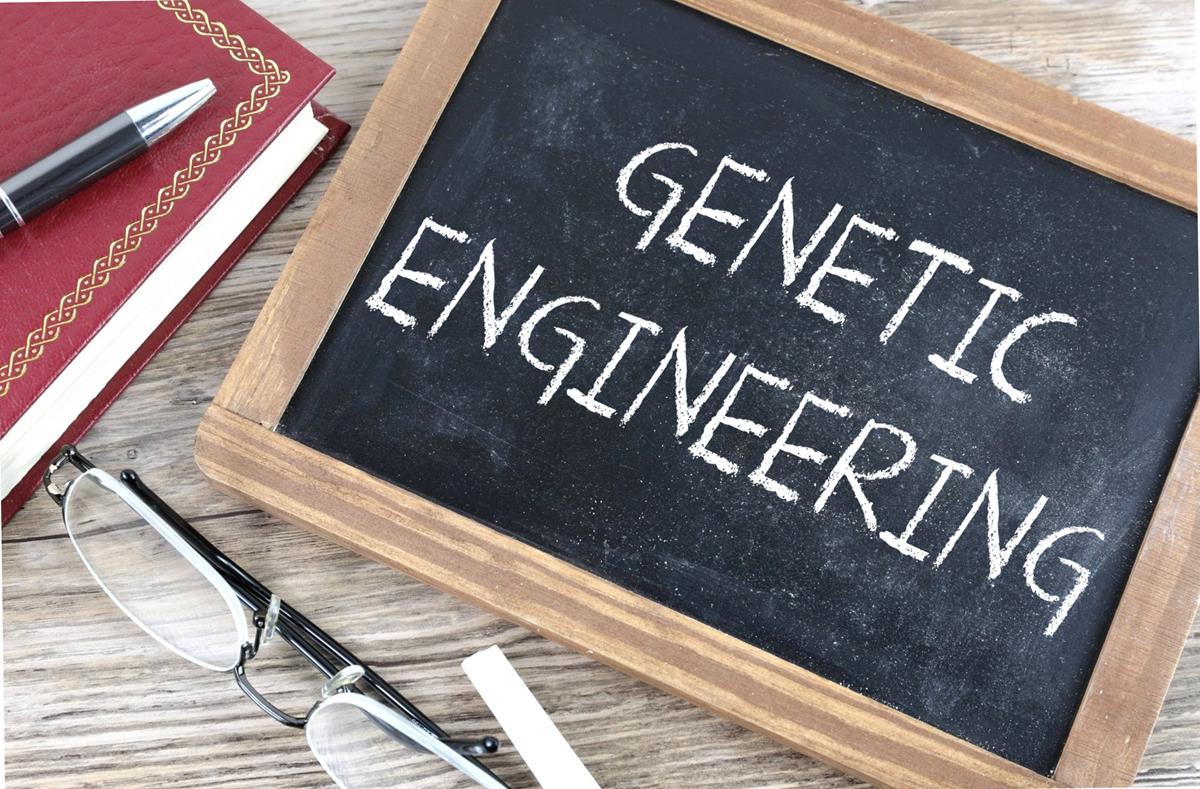In today's world, energy efficiency and sustainability are becoming increasingly important. As we strive to reduce our carbon footprint and find alternative sources of energy, geothermal heat pumps have emerged as a viable solution.
What Are Geothermal Heat Pumps?
Geothermal heat pumps, also known as ground-source heat pumps, are advanced heating and cooling systems that utilize the constant temperature of the earth to regulate indoor climate. Unlike traditional HVAC systems, which rely on fossil fuels or electricity, geothermal heat pumps extract and transfer heat from the ground, providing a highly efficient and environmentally friendly solution.
How Do Geothermal Heat Pumps Work?
Geothermal heat pumps utilize a network of pipes, known as a ground loop, buried underground. These pipes circulate a fluid, usually a mixture of water and antifreeze, which absorbs heat from the earth and carries it into the building. The heat pump then compresses the extracted heat, raising its temperature and transferring it to the indoor space for heating purposes. In the summer, the process can be reversed, extracting heat from the indoor space and transferring it back into the ground for cooling.
Types of Geothermal Heat Pump Systems
There are three primary types of geothermal heat pump systems:
Vertical Systems
Vertical geothermal heat pump systems are suitable when space is limited or the soil conditions are not ideal for horizontal systems. These systems involve drilling deep boreholes, typically 100 to 400 feet deep. The vertical pipes, known as boreholes, are inserted into the holes, and the ground loop is installed vertically. This configuration allows for efficient heat exchange with the earth, providing excellent heating and cooling performance.
Horizontal Systems
Horizontal geothermal heat pump systems are the most common type and are ideal for residential and small-scale commercial applications. These systems require a larger land area compared to vertical systems. Trenches are dug horizontally in the ground, typically 4 to 6 feet deep, and the ground loop pipes are placed inside the trenches. The length of the trenches depends on the heating and cooling requirements of the building. Horizontal systems are cost-effective, relatively easy to install, and offer excellent heat transfer with the earth.
Pond/Lake Systems
Pond or lake geothermal heat pump systems utilize nearby bodies of water, such as ponds or lakes, for heat exchange. These systems are suitable when there is an accessible water source in proximity to the building. Coils of the ground loop pipes are submerged in the water, allowing for efficient heat transfer between the water and the system. Pond/lake systems are an alternative for areas where drilling boreholes or digging trenches is not feasible.
The Benefits of Geothermal Heat Pumps
Geothermal heat pumps offer numerous benefits. Firstly, they are highly energy efficient, capable of delivering up to four units of heat for every unit of electricity consumed. This translates to significant cost savings on utility bills. Additionally, geothermal systems have a longer lifespan compared to traditional systems, with the underground components lasting for decades. They also provide a consistent and comfortable indoor climate throughout the year.
Geothermal Heat Pumps vs. Traditional Heating and Cooling Systems
Compared to traditional heating and cooling systems, geothermal heat pumps offer several advantages. Traditional systems rely on combustion or electrical resistance to produce heat, making them less efficient and more expensive to operate. Geothermal heat pumps, on the other hand, leverage the stable underground temperature, resulting in lower operating costs and reduced greenhouse gas emissions.
Installing a Geothermal Heat Pump System
Installing a geothermal heat pump system involves several steps. First, a site assessment is conducted to determine the feasibility of the project. Next, the appropriate type of system is selected based on factors such as soil conditions, available space, and budget. The ground loop is then installed, either vertically or horizontally, and connected to the heat pump unit inside the building. Finally, the system is commissioned and tested to ensure proper operation.
Maintenance and Upkeep of Geothermal Heat Pumps
Proper maintenance is crucial for the optimal performance and longevity of geothermal heat pump systems. Regular inspections, filter cleaning or replacement, and system checks are recommended. It is also essential to monitor the fluid levels and ensure the integrity of the ground loop. Professional servicing at least once a year is advised to address any potential issues and maintain system efficiency.
Environmental Impact of Geothermal Heat Pumps
Geothermal heat pumps have a significantly lower environmental impact compared to traditional heating and cooling systems. By utilizing the earth's natural heat, they reduce reliance on fossil fuels, resulting in lower carbon emissions and a smaller ecological footprint. Geothermal systems also have no on-site combustion, eliminating the risk of carbon monoxide poisoning.
Geothermal Heat Pumps: A Cost-Effective Solution
While the initial installation cost of geothermal heat pump systems can be higher than traditional systems, the long-term cost savings outweigh the upfront investment. Energy savings of up to 70% can be achieved, leading to lower utility bills over the system's lifespan. Additionally, various incentives, tax credits, and rebates are available in many regions, further reducing the overall cost.
Geothermal Heat Pumps in Residential Applications
Geothermal heat pumps are well-suited for residential applications. They provide efficient heating and cooling for homes of all sizes, reducing energy consumption and providing year-round comfort. Geothermal systems can be integrated with existing ductwork and are compatible with radiant floor heating. They also operate quietly and require less maintenance compared to traditional HVAC systems.
Geothermal Heat Pumps in Commercial Applications
In commercial settings, geothermal heat pumps offer significant advantages. They can meet the high heating and cooling demands of large buildings efficiently, resulting in substantial energy savings. Geothermal systems are ideal for hotels, hospitals, schools, and office buildings, providing a comfortable environment for occupants while reducing operational costs.
Case Studies: Successful Implementation of Geothermal Heat Pumps
XYZ Corporation Headquarters
XYZ Corporation, a leading technology company, implemented a geothermal heat pump system in their headquarters located in Cityville. The system involved drilling vertical boreholes to install the ground loop. The geothermal heat pumps efficiently provided heating and cooling for the entire building.
The results were impressive. XYZ Corporation witnessed a 40% reduction in energy consumption compared to its previous HVAC system. These significant energy savings translated into substantial cost reductions on their utility bills. Moreover, the geothermal heat pump system operated quietly, ensuring a comfortable working environment for employees.
ABC School District
ABC School District, a prominent educational institution, recognized the benefits of geothermal heat pumps and decided to implement them across their school facilities. The project aimed to improve indoor air quality, reduce energy consumption, and minimize their carbon footprint.
The geothermal heat pump systems were seamlessly integrated with the existing HVAC infrastructure in each school building. By utilizing the stable temperature of the earth, the systems efficiently provided heating and cooling to the classrooms and administrative areas.
The results were remarkable. ABC School District experienced a significant reduction in energy usage, resulting in substantial cost savings. The improved indoor air quality created a healthier learning environment for the students and staff. Furthermore, the school district's commitment to sustainable practices was evident through the reduced carbon emissions achieved by using geothermal heat pumps.
Overcoming Challenges in Geothermal Heat Pump Technology
While geothermal heat pump technology has made significant advancements, challenges still exist. One of the primary challenges is the high upfront cost of installation, which can deter some potential users. Additionally, limited public awareness and the need for specialized expertise in design and installation can pose obstacles. However, ongoing research and development are addressing these challenges and driving the wider adoption of geothermal heat pump technology.
The Future of Geothermal Heat Pumps
The future of geothermal heat pumps is promising. As sustainable energy solutions gain more traction, geothermal systems are expected to play a significant role in the transition to a greener and more energy-efficient future. Advancements in technology, increased public awareness, and government incentives are driving the growth of the geothermal heat pump industry.
Geothermal heat pumps offer an innovative and sustainable solution for heating and cooling needs. By harnessing the earth's energy, these systems provide efficient and cost-effective climate control while reducing environmental impact. As the world seeks greener alternatives, geothermal heat pumps are poised to become a mainstream choice for both residential and commercial applications.
FAQs
1. Are geothermal heat pumps suitable for all regions?
Geothermal heat pumps are suitable for most regions. However, factors such as soil conditions, available space, and local regulations should be considered during the system design and installation process.
2. How long does a geothermal heat pump system last?
Geothermal heat pump systems have a lifespan of 20 to 25 years for indoor components and 50 or more years for ground loop.
3. Can geothermal heat pumps be integrated with existing HVAC systems?
Yes, geothermal heat pumps can be integrated with existing HVAC systems, allowing for a seamless transition and improved energy efficiency.
4. Do geothermal heat pumps require a large area for installation?
The space required for geothermal heat pump installation depends on the type of system chosen. Vertical systems require less surface area but require deeper drilling, while horizontal systems need larger surface areas but shallower trenches.
5. Are there any government incentives available for geothermal heat pump installations?
Yes, many governments offer incentives, tax credits, and rebates to promote the adoption of geothermal heat pump technology. Check with local authorities or energy agencies to explore available incentives in your area.








 English (US) ·
English (US) ·